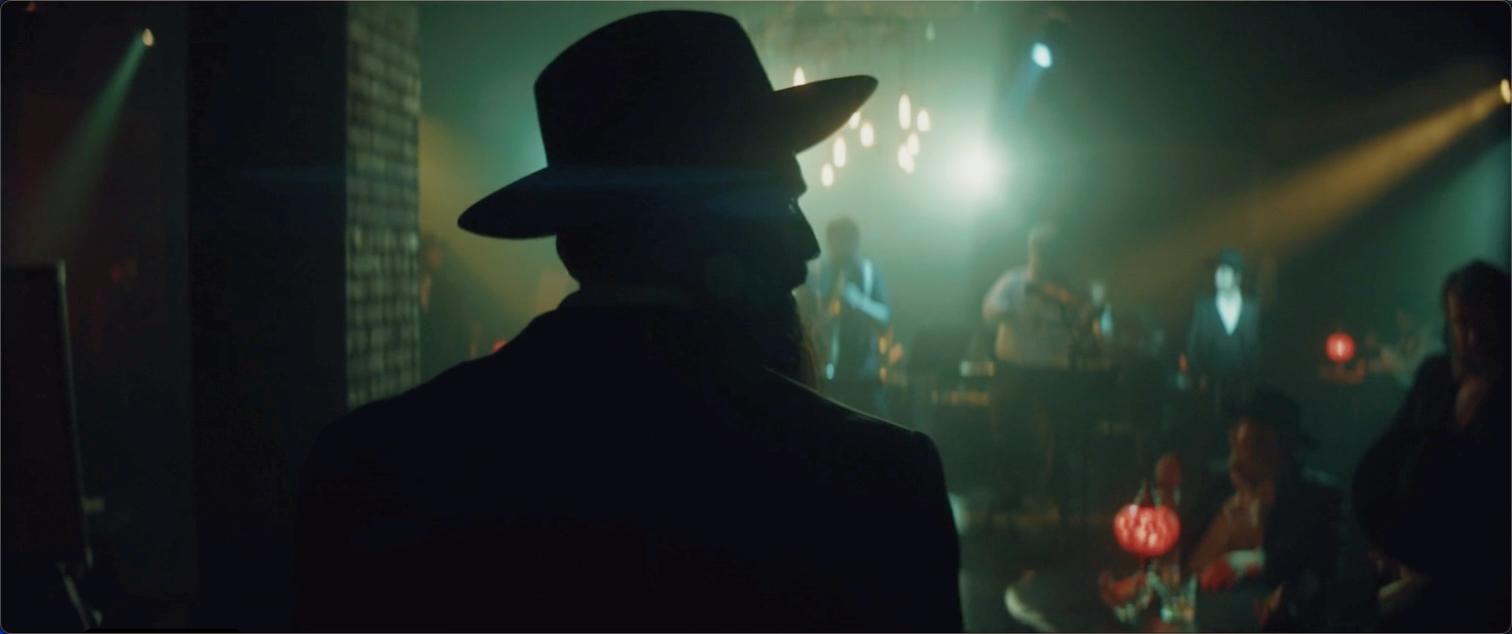One of the most daunting aspects of planning an event comes at the very beginning, when you have to choose an event theme. It’s the same problem faced by a writer staring at a blank page, or a kid faced with a pile of Legos and no instructions. It’s easy to fall into what the experts refer to as creative constipation, where you suffer from too much inspiration and zero ideas you feel you can move forward on.

Step Zero: Play.
The correlate of prunes when it comes to creative constipation is play. As a regular (1-7/weekly) activity, anyone engaged in any form of creative discipline should be spending at least 20 minutes engaged in random, playful creation of a thing that deliberately has no purpose other than to practice the process of creating things. This actually works! The brain often lives by habit because it’s easy, and while it might seem like creativity is the opposite of rote, it’s possible to make creativity a habit by engaging in deliberate, useless creation.
OK, now, onto the stuff you came here for.
Step One: Determine Your Objective
The first step in any creative endeavor is to establish why you are doing what you are doing, and what you hope to accomplish with the activity. This is as true for event planning as it is for writing a story or building a Lego construct. If you don’t know that you’re writing a historical-fiction novel, or building a high-tech Lego war machine, you won’t even know what thoughts to think about your process — ditto if you don’t know you’re planning a product release party rather than a team-building exercise.
Step Two: Establish Your Boundaries
The first thing you need to do is to brainstorm your limitations. Come up with every aspect of your environment that prevents you from doing whatever you want. Budget, audience size, location, the boss’ hatred of WWII-era media, whatever. The more creative space you can draw a big red X through, the better. (As a bonus, many times, your inner rebel will step up and insist that no, there totally is a way you can pull off a Saving Private Ryan theme despite your boss…and then you know what your theme is!)
Step Three: Establish Your Comfort Zone
Everyone has a set of material that they’re comfortable with, and 95% of it has nothing to do with their work. Maybe you’re a member of a fandom. Maybe you can identify seventeen different kinds of truck by the sound of their engine roaring past. Maybe you secretly harbor a firm belief that the work of Albert Fritz-Popp on biophotonics and the work of Bong Han Kim on the primo vascular system can be brought together to form a solid scientific basis for the ancient Chinese concept of Qi within the body. Maybe you just really love tower defense games. Whatever the case, brainstorm out the near and far reaches of your comfort zone — the set of things you know and love. And, following the advice given to writers, “plan what you know.”
Step Four: Establish Some Options, Then Let Fate (Or Your Gut) Decide
Now that you have a list of limitations and a list of comfort zones, brainstorm one more time: a list of obvious areas where the Venn diagram of “Goals,” “Within Our Limits,” and “Comfort Zones” overlap. But don’t go through the whole extended brainstorm process — just pick 6-12 options, and be done.
Then put those options in a tournament-style bracket, and flip coins for every pairing. Except as the coin flips, listen carefully to your gut, because your gut will frequently tell you which one it hopes will win as the coin is in the air. If the gut speaks, ignore the coin. If it doesn’t, heed the coin. And whichever option ends up winning your little tournament, run with it.




